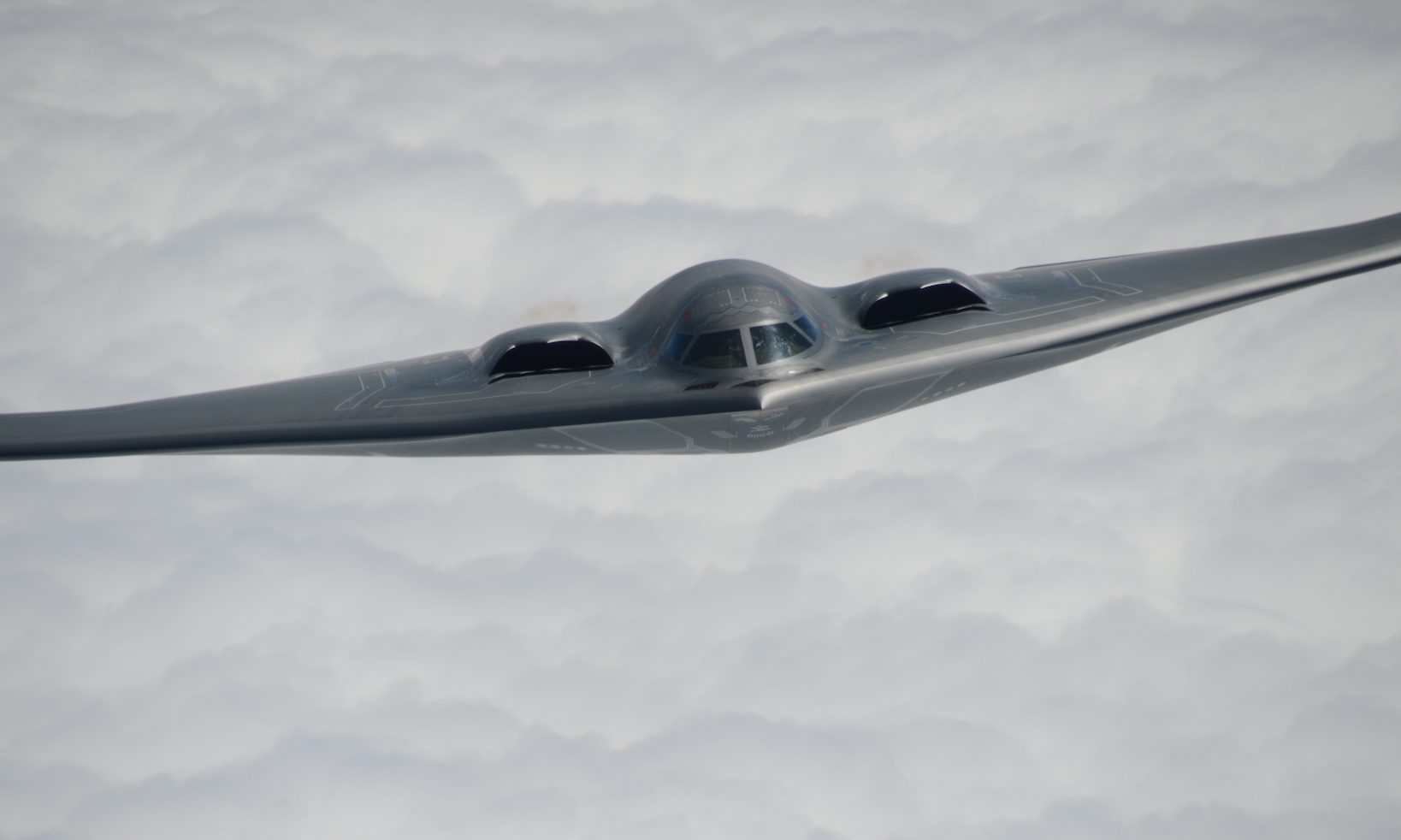

The U.S. military carried out a series of air strikes across Yemen on Wednesday, using B-2 Spirit bombers to hit weapon caches in the country.
Secretary of Defense Lloyd Austin announced the strikes in a statement, describing the targets as “five hardened underground weapons storage locations in Houthi-controlled areas of Yemen.”
U.S. Central Command further detailed the targets in a statement, saying they were used to house “missiles, weapons components, and other munitions used to target military and civilian vessels throughout the region.” The Houthi movement controls much of the country following the Yemeni Civil War, including the capital city of Sana’a.
“For over a year, the Iran-backed Houthis, Specially Designated Global Terrorists, have recklessly and unlawfully attacked U.S. and international vessels transiting the Red Sea, the Bab Al-Mandeb Strait, and the Gulf of Aden,” Austin said. “The Houthis’ illegal attacks continue to disrupt the free flow of international commerce, threaten environmental catastrophe, and put innocent civilian lives and U.S. and partner forces’ lives at risk.”
The Pentagon did not disclose the full range of American military assets used in the operation except to say both U.S. Air Force and Navy assets took part. Neither the U.S. military, Yemeni media nor Houthi outlets gave any indication on how many were killed in the operation. CENTCOM said that it is still assessing the results of the strikes.
The U.S. Air Force only has 19 B-2 Spirit bombers, all based at Whiteman Air Force Base, Missouri. On occasions when B-2s were used to strike targets in Afghanistan and Iraq, they flew directly from Missouri to their targets and back again, a logistically complex flight of over 30 hours. The flight to drop the first bombs of Operation Enduring Freedom in 2001 lasted 44 hours, flying west from Missouri over the Pacific rather than east. Austin said that the use of the B-2 Spirits “demonstrate U.S. global strike capabilities.”
Subscribe to Task & Purpose today. Get the latest military news and culture in your inbox daily.
The coordinated strikes also come nearly a year after the United States military first engaged the Houthis in the waters around Yemen. The destroyer USS Carney shot down several drones over the Red Sea over the course of several hours on Oct. 19, 2023. Since then, the United States — later with its partners — have engaged in dozens of intercept operations or struck rockets and launch sites before they were fired. Additionally, since the winter, the U.S. has led several bombing campaigns in cities controlled by the Houthis, including Yemen’s capital of Sana’a.
The Houthi movement says it is attempting to disrupt commercial transit through those crucial naval routes to put pressure on Israel to end its war in Gaza; the attacks started following the Hamas attacks in Israel on Oct. 7, 2023.
Despite months of missions meant to “degrade the Houthi’s capability” as the Pentagon has repeatedly phrased the operations, the group has continued to launch drones and rockets into the Red Sea and Gulf of Aden.
